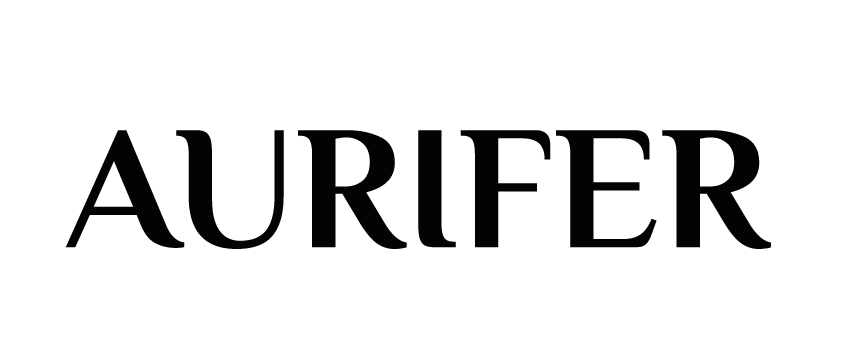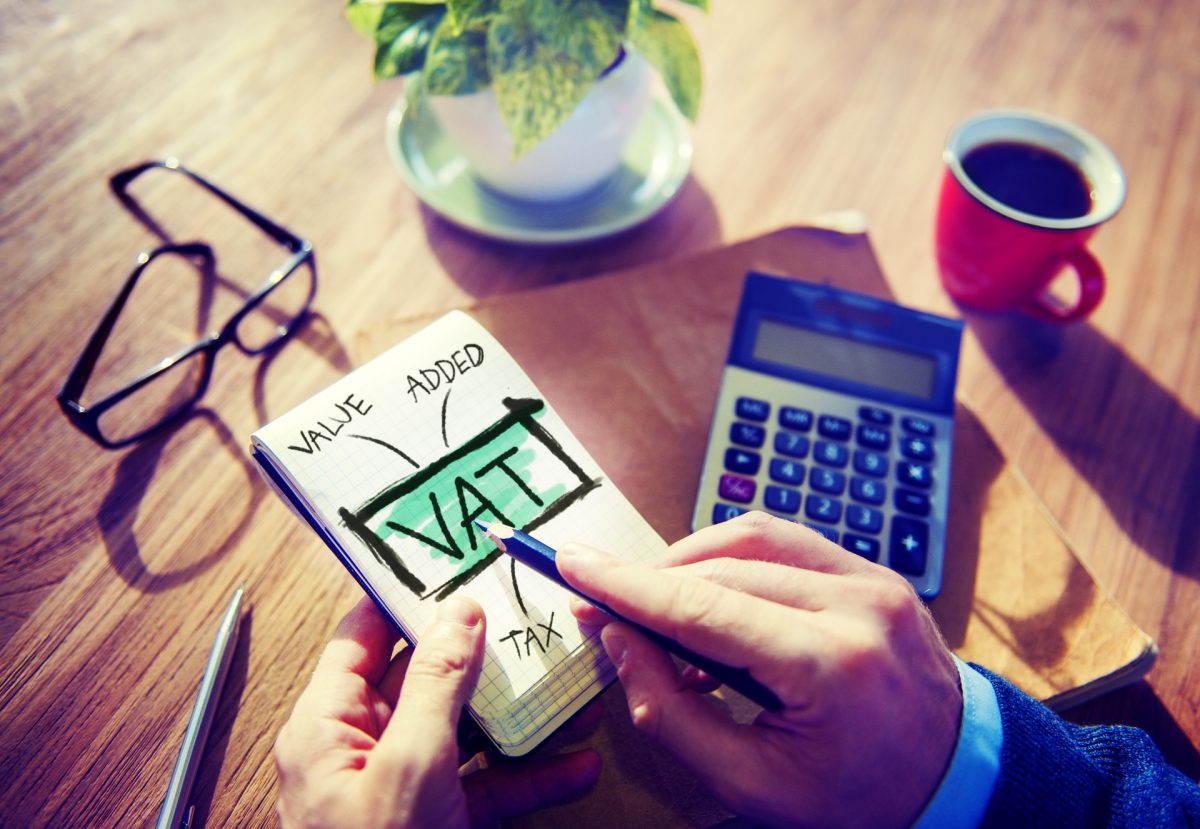

Gulf Businesses Rethink Structures Under New VAT Regime
- Survey reveals one-quarter of businesses fined for wrong or late returns
- Executives grapple with increased costs, impact on supply chain and cashflow
Businesses in Saudi Arabia and the United Arab Emirates are having to look again at their operation designs, as they continue to struggle under a edgling value-added tax regime.
The VAT regime began in the Gulf countries nine months ago. Since then, the UAE’s Federal Tax Authority has published six clarications to plug the gaps in the bare-bones legislation and regulations, a sign of the continued uncertainty that has surrounded the regime.
Companies are now having to revamp invoicing, allocate staff to VAT compliance, and respond to increased cost and cashow issues, practitioners told Bloomberg Tax. Both countries introduced the regime on Jan. 1, 2018.
“When it comes to the business model, it’s a hassle to have to deal with VAT because it cascades through the whole supply chain and it requires you to ask questions,” Jeremy Cape, Tax and publicpolicy partner at London-based law rm Squire Patton Boggs.
A September survey from Aurifer Tax in Dubai found respondents “have had to reassess their existing arrangements” within the supply chain and with product pricing, because of the regime. About 33 percent of its 55 company respondents feel VAT has had “a signicant impact on their business model” and 38.5 flagged increasing revenue eects. The respondents are based in the UAE and Saudi Arabia.
Thomas Vanhee, founding partner at Aurifer, said finding a business model that is suitable for VAT will be crucial for companies to plan their budgets and operations.
“At this point, many businesses are still subject to penalties and many businesses are experiencing teething problems. Tackling these as soon as possible will prevent important corrections a few years down the line,” he said in an email.
‘Fundamental Change’
The tax regime required “a fundamental change in some of our processes, in particular our Purchase-to-Pay process,” said Paul Lidke, regional CFO for the Middle East and Africa for the German-based pharmaceutical and health care company Merck Serono Middle East FZ-LLC.
That’s because the regime ensnared contractual agreements with vendors, invoicing, and accounting. VAT also affects the company’s cashow “and for certain services increases our cost,” he said.
The Saudi and UAE VAT regulations also require different approaches based on where the supplier is located, where the service takes place, and what the service is, he said.
“It therefore took us some time to fully understand the requirements and we are still learning,” he said.
Grappling With Rules
To comply, companies face a range of challenges, including the implementation of new IT accounting systems, training staff, remodeling the supply chain to incorporate VAT invoicing and its effect on cashflow, and managing the impact on clients.
About a quarter of the survey respondents had been penalized by the tax authorities, mainly for late payment and incorrect filing of returns, and about 8 percent have already been audited by the FTA, the survey said.
About 26 percent of the respondents said preparing and ling VAT returns took more than 10 hours to complete, requiring more time and money to deal with the demand.
“The survey showed that IT configurations, supply chain management and interpreting the legal framework were considered as the most challenging VAT aspects. These may compound the challenges to businesses as they are required to reassess their processes and business models,” Vanhee said.

